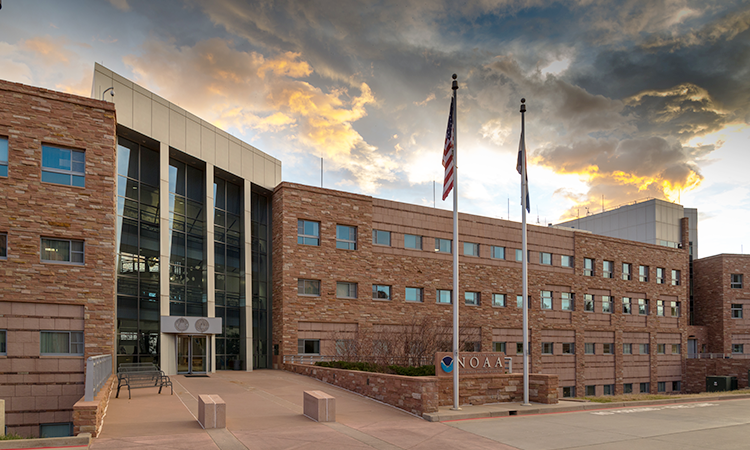Seminar
Ozone Laminae in the Upper Troposphere and Lower Stratosphere: Indicators for Dynamical and Transport Processes

Ken Minschwaner, New Mexico Institute of Mining and Technology
Wednesday, November 4, 2015, 3:30 pm Mountain Time
DSRC 2A305
Abstract
Layered structures in ozone have been observed since the first ozonesonde ascents into the upper troposphere and lower stratosphere more than 50 years ago. Dobson's early investigation of ozone laminae in the lower stratosphere, while noting that "Such a complicated distribution was not expected", revealed seasonal and latitudinal variations in laminae characteristics that tied them to atmospheric transport processes. Since then, a wide variety of methods have been used to study these transient, localized maxima and minima in ozone and in other trace gas vertical profiles. This talk will begin with a recent case study of low ozone lamina in the the upper troposphere over New Mexico from the 2013 SEAC4RS campaign, highlighting the value provided by satellite and meteorological reanalysis datasets that were not available in Dobson's time. On the other hand, case studies involving matching satellite data, back-trajectory analyses, reverse domain-filling simulations, and other custom approaches are generally not feasible to carry out on every lamina identified in every ozone sonde profile, and the remainder of the talk will focus on methods (both historical and currently in development) for diagnosing the signatures of dynamical and transport processes solely from the vertical profiles of ozone and temperature.
ALL Seminar attendees agree not to cite, quote, copy, or distribute material presented without the explicit written consent of the seminar presenter. Any opinions expressed in this seminar are those of the speaker alone and do not necessarily reflect the opinions of NOAA or CSL.